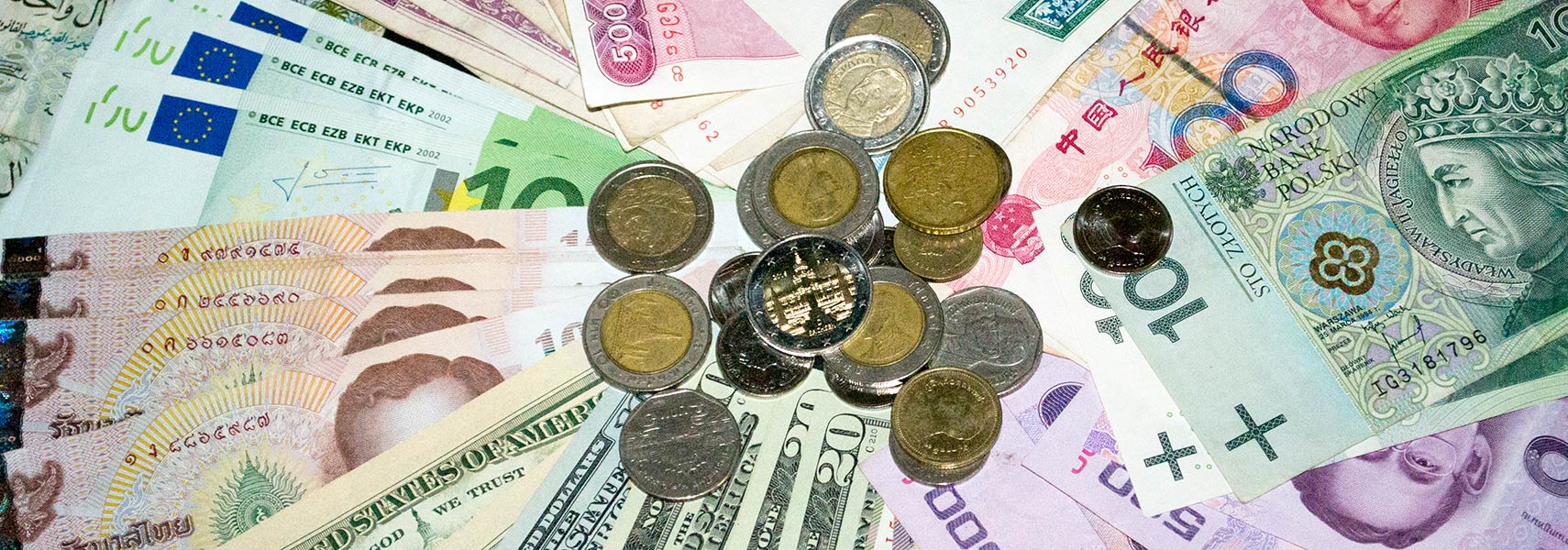What Are the Pro’s and Con’s of Currency Swap
November 1, 2016
A currency swap is a risk management tool and companies are using these agreements to reduce the exposure to currency fluctuations. Before moving forward, it is important to signal that there is a difference between currency swaps as a risk management tool and the forex swap rate.
A forex swap rate is an interest that is being earned or paid from a trader’s account if he/she holds positions overnight. This difference, that can be either a positive or a negative one, is determined based on the interest rates of the currencies that make the currency pair. Another important factor is if the position is a long or a short one, as sometimes holding a long trade overnight pays a positive swap, while on the same pair, holding a short trade may result in a negative swap.
While the forex swap rate is addressed to the retail traders, the currency swap agreement is used by brokerage houses to reduce risks. Such risks can be reduced by reducing the exposure in one currency and increasing it in another.
B-book brokers will have the tendency to be involved more in currency swap agreements rather than A-book brokers, and this tells much about the risk strategies between different brokerage houses.
Currency Swaps Advantages
The main advantage of using a currency swap is to lower the risk given by currency pairs moving too aggressively in a specific direction. For example, the US dollar being the world’s reserve currency, all the US dollar pairs may react aggressively to a US economic news. Managing the risk of the dollar moving too aggressively one-sided can be done via a currency swap.
These operations are also called cross-currency swaps and they deal with the exchange of interest in one currency for the same in another currency, and it is supposed to be a foreign exchange transaction. Together with other hedging strategies, currency swaps are main trading tools especially in the B-booking activities when the broker is taking the opposite side of their customer’s trades.
Another advantage of currency swaps is that they can be done in multiple ways. If the amount that is being exchanged is fully exchanged when the transaction is initiated, at the maturity date the exchange is being reversed. The idea behind this is that in the meantime, until the maturity date, the market may reverse, thus the brokerage house managed the risk.
These maturity dates are very flexible, stretching for a long period, several years in most of the cases, and are negotiable. One other thing to be considered is the fact that interest rates that govern a currency swap agreement can be either fixed or floating on the market.
Currency Swaps Con’s
There is one main disadvantage to currency swaps, and this is related to their original purpose. At first, they were agreements to get around exchange controls, but then after these barriers were eliminated, they are being used mainly to hedge investments.
The risk when using a currency swap is that at the time the maturity is being reached, the floating interest rate would represent a bigger cost than the whole purpose of the swap. To mitigate this downside, longer term periods are favored.
All in all, currency swaps present more advantages than disadvantages and forex brokers are using them as a valuable risk management tool. Used together with other risk management tools like hedging, they help forex brokers navigate through difficult financial periods.



